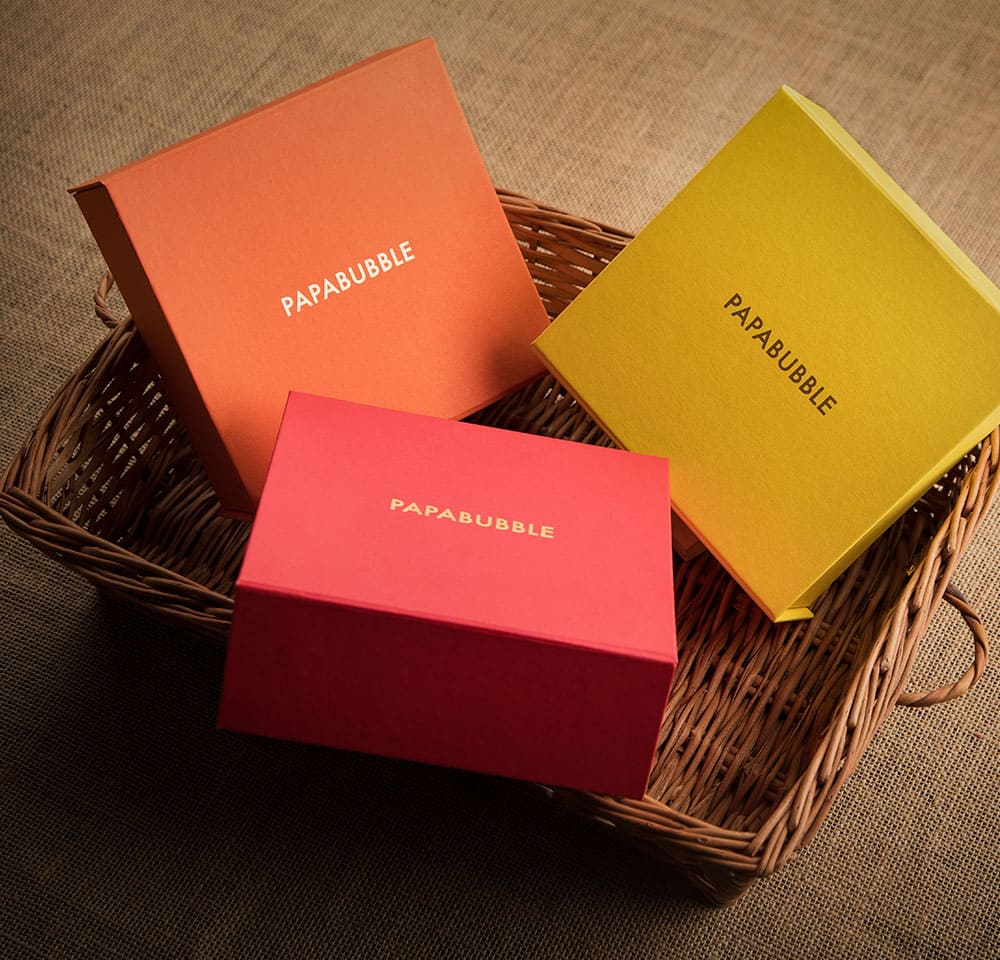Introduction - Importance of Packaging in Businesses
Packaging plays a crucial role in the success of businesses across various industries. Packaging is more than just box for products. Businesses need to understand the importance of packaging and use it to their advantage.
It plays a prime role in marketing as it can significantly impact consumer perception and purchase decisions.
Read this blog to explore the importance of packaging in businesses, the types of packaging, it’s role in marketing and sustainable packaging solutions

4 Reasons Why Packaging is Important:
1. Protection and Safety - The Importance of Packaging:
Premium Packaging acts like a protective barrier for products.
It protects them from external factors such as moisture, sunlight and physical damage during transportation and storage.
It ensures that the product reaches the end user in the desired condition.
2. Branding and Differentiation - The Importance of Packaging
Effective packaging acts as a visual representation of a brand's identity and helps differentiate it from competitors.
By integrating unique designs, colors, and logos, businesses can create a noteworthy brand image that resonates with their target audience and stimulates brand loyalty.
3. Information and Communication - The Importance of Packaging
Packaging serves as a medium for conveying essential information about the product, such as ingredients or materials, usage instructions, and expiry dates.
Clear and concise packaging design communicates the value and advantages of the product, assisting consumers in making informed purchase decisions.
4. Convenience and User Experience - The Importance of Packaging
Convenient packaging design enhances the overall user experience. Easy-to-use features, such as resealable closures or portioned servings, make products more appealing and convenient for consumers.
Packaging that is intuitive and user-friendly contributes to positive customer experiences and thus, encourages repeat purchases.

Types of Packaging:
1. Primary Packaging:
Primary packaging refers to the immediate layer of packaging that directly holds the product. It can include bottles, tubes, jars, or cartons.
The primary packaging not only protects the product but also displays its physical attributes, making it an imperative part of the product's appeal.
2. Secondary Packaging:
Secondary packaging refers to the outer packaging that contains multiple units of the product.
It often includes boxes, blister packs, or shrink wrap.
Secondary packaging provides additional protection during transportation and serves as a platform for branding and product information.
3. Tertiary Packaging:
Tertiary packaging is the outermost layer of packaging used for bulk shipping and logistics purposes. It ensures the safe and efficient transportation of multiple units or pallets of products.
Tertiary packaging typically includes pallets, stretch wrap, or shipping containers.
The Importance of Packaging in Marketing:

1. Catching Attention and Creating Desire:
Eye-catching packaging designs and captivating visuals attract consumers' attention in crowded retail environments.
Well-designed packaging can evoke emotions, create desire, and stimulate interest in the product. It entices potential customers to explore further and consider making a purchase.
2. Enhancing Product Value:
Packaging has the power to enhance the perceived value of a product.
High-quality, well-crafted packaging can convey a sense of luxury and premiumness, influencing consumers to perceive the product as more valuable. '
This perception can justify higher price points and contribute to increased profitability.
3. Influencing Purchase Decisions:
Packaging plays a crucial role in influencing consumer purchase decisions.
Clear and compelling packaging can communicate key product benefits and differentiate it from competitors.
Premium Packaging that aligns with consumers' preferences and values can sway their choices, leading to increased sales and market share.
Sustainable Packaging Solutions:
1. Eco-friendly Materials:
In response to the growing demand for environmentally conscious practices, businesses are adopting sustainable premium packaging solutions.
Eco-friendly materials, such as Paperboard, Cardboard, Paper - Fbb, Duplex, Kraft paper, textured paper, PU Coated paper, Coloured Paper, recycled paper, recyclable paper and virgin paper minimize the environmental impact of packaging and resonate with eco-conscious consumers.
2. Minimalist Packaging:
Minimalist premium packaging focuses on reducing unnecessary materials and optimizing space efficiency.
By eliminating excessive packaging layers or using lightweight materials, businesses can minimize waste, lower shipping costs, and demonstrate their commitment to sustainable practices.
3. Recyclable and Biodegradable Packaging:
Recyclable and biodegradable packaging options are gaining popularity as they contribute to the circular economy.
Packaging materials that can be easily recycled or decomposed reduce waste accumulation and minimize the overall environmental footprint of businesses.
Conclusion:
To Summarize it in short, Packaging is far more than just a container; it is a strategic element that influences consumer perception, drives sales, and contributes to sustainable business practices.
Businesses should recognize the importance of packaging, leverage its marketing potential, and embrace sustainable packaging solutions to stay competitive in today's dynamic market.
I hope this blog helped you to understand the importance of packaging in businesses.
FAQs:
1. What is the importance of packaging in businesses?
Yes, packaging plays a significant role in consumer purchasing decisions.
Well-designed packaging can attract attention, communicate product value, and differentiate brands from competitors, influencing consumers to choose one product over another
2. How can packaging contribute to a positive user experience?
Packaging that is convenient, easy to open, and use enhances the overall user experience.
Intuitive features and thoughtful design elements make products more appealing and encourage customer satisfaction.
3. What are some eco-friendly packaging materials?
Eco-friendly packaging materials include Paperboard, Corrugated Board, Paper - Fbb, Duplex, Kraft paper, textured paper, PU Coated paper, Colored Paper, recycled paper, recyclable paper, virgin paper.
These options minimize environmental impact and appeal to environmentally conscious consumers.
4. What are the benefits of minimalist packaging in businesses?
Yes, minimalist packaging can benefit businesses in multiple ways. It reduces waste, lowers shipping costs, and showcases a commitment to sustainability, which can attract eco-conscious consumers and enhance brand reputation.
5. How can businesses adopt sustainable packaging practices?
Businesses can adopt sustainable packaging practices by using eco-friendly materials, enhancing packaging design for efficiency, and prioritizing recyclable or biodegradable options.
Therefore, It's important to consider the entire lifecycle of the packaging and aim for minimal environmental impact.





